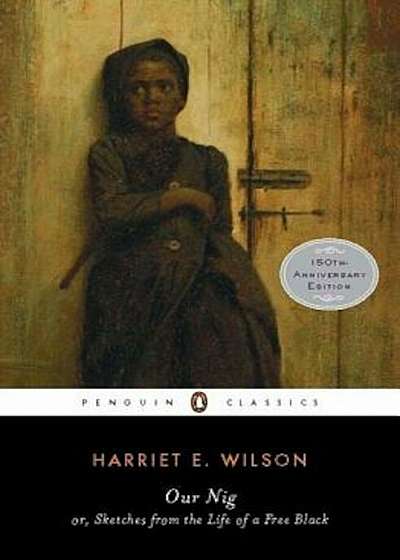
Our Nig, or Sketches from the Life of a Free Black, Paperback/Harriet Wilson
Descriere
Description First published in 1859, Our Nig is an autobiographical narrative that stands as one of the most important accounts of the life of a black woman in the antebellum North. In the story of Frado, a spirited black girl who is abused and overworked as the indentured servant to a New England family, Harriet E. Wilson tells a heartbreaking story about the resilience of the human spirit. The female child of a white female outcast and a black freeman, Harriet Wilson gives a detailed account of what it was like being raised by a white family in the pre-Civil War North of the United States (a household where she was abandoned by her mother at 3). This biography gives a general idea of what a Negro's life in the North was like -- and it was not much different from that life of a slave in the South. The mistress of the house was brutal beyond measure, but many of the other family members were reasonably kind (though not kind of enough to put a stop to the abuse), and it makes one shudder to think of what could have happened in a family who had nothing but Negro-haters in it. Still, Wilson recounts how she got a small measure of schooling, and how she eventually became a Christian (something which the lady of the house -- a Christian herself -- opposed) and her eventual marriage. An upsetting story, it is nevertheless of much more value than "Uncle Tom's Cabin" as it was told from the point of view of the victim and not a sympathetic white. About the author Harriet E. Wilson (March 15, 1825 - June 28, 1900) is traditionally considered the first female African-American novelist as well as the first African American of any gender to publish a novel on the North American continent. Her novel Our Nig was published in 1859 and rediscovered in 1982. Wilson's autobiographical novel Our Nig was published in 1859.[1] Our Nig illustrates the injustice of indentured servitude in the antebellum northern United States. The novel fell into obscurity soon after its publication. In 1982





